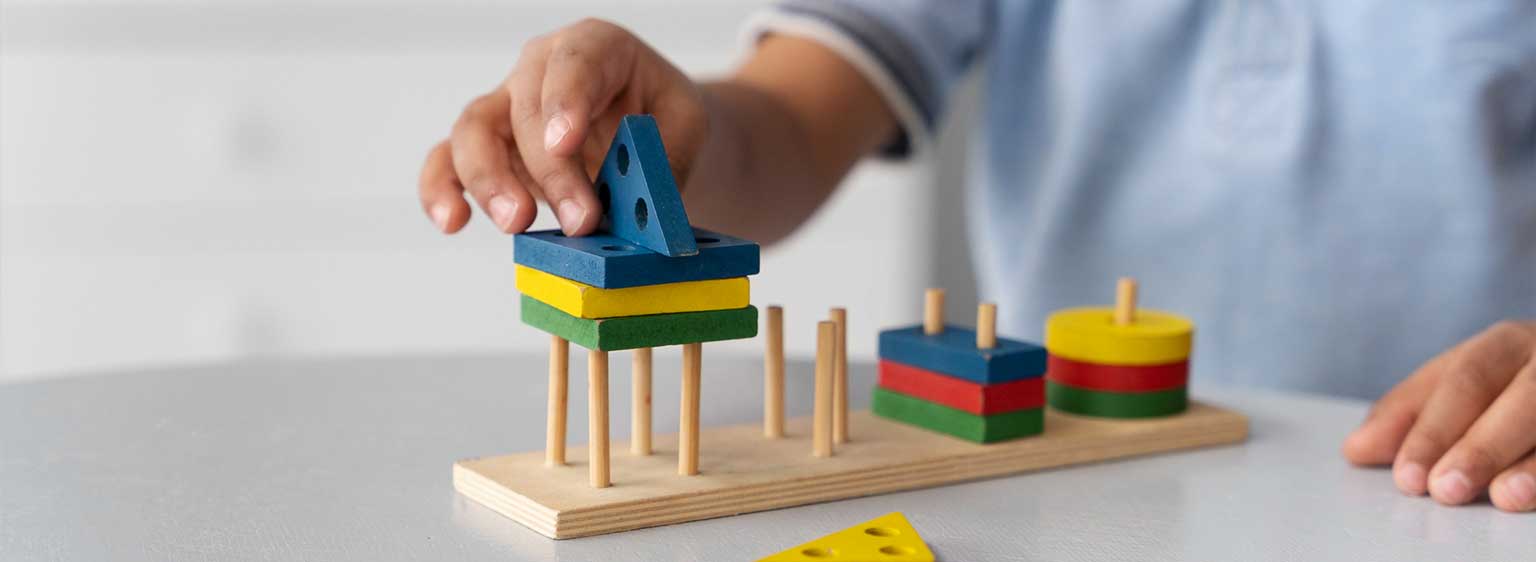You might have heard of Applied Behavior Analysis, or ABA. Typically, we hear about it related to therapy for learners with autism. Here is a little more information about what ABA is and is not, so that you can make an informed decision, or help someone else do so.
At the heart of applied behavior analysis is the belief that behavior can be studied and understood, and that this understanding can guide how teachers and clinicians respond or intervene.
ASATonline.org
To start with, what is ABA?
ABA is the science of learning and behavior, that allows us to help people learn new skills, to predict what a person will do in the future, and help people make changes to live their ideal and more independent, productive lives.
In conversational language, ABA refers to a therapeutic modality. It is the recommended course of treatment for learners with autism, by then Surgeon General, Dr. David Satcher, who stated, “Thirty years of research demonstrated the efficacy of applied behavioral methods in reducing inappropriate behavior and in increasing communication, learning, and appropriate social behavior” (1999).
ABA is a way to provide intensive, direct treatment to people, including those without autism, who engage in behavior that interferes with learning and daily functioning, want to learn new skills, or want to engage in a desired behavior more often. ABA is used to help people stop smoking, take their medications consistently, stick to an exercise program, drive more safely, and even be more “green.”
What does ABA involve?
ABA can be very time intensive. Some learners receive 40-hours per week of services! ABA can certainly be less intensive than this, with some learners receiving an hour per day, or even per week. Some people might consult with a provider just once or twice.
Who Does It?
ABA services should be provided or supervised by a Board Certified Behavior Analyst (BCBA, BCBA-D) or a Board Certified Assistant Behavior Analyst (BCaBA). Often, a BCBA/BCBA-D supervises trained therapists who work with a child, sometimes called RBTs. The therapists are trained by the BCBA/BCBA-D and are supervised regularly. Often, multiple therapists work with each learner. This helps the learner be able to work with a variety of people, which is essential for success at home, in school, and in the community. A BCaBA also works under the supervision of a BCBA and helps with supervision of therapists, parent training, and other clinical tasks.
What training and education do providers have?
A BCBA completed a Master’s or Doctoral degree (BCBA-D) and, depending on how many years ago they were certified, 400-2000-hours of supervised experience. A BCaBA completed at least an undergraduate degree and currently, 1300-hours of supervised experience. Both levels require an extensive, comprehensive examination as well. To maintain certification, the BCBA-D, BCBA, or BCaBA must complete continuing education activities and stay current with the research.
Who is it for?
ABA has a variety of purposes and helps a wide range of people. ABA can be effective in schools, both for improving attendance, behavior, and learning. ABA can also be used in business environments to improve attendance, safety, productivity, and efficiency. And, ABA can be used as a teaching technology for learners with autism (and other developmental disabilities) and to help them decrease behavior that interferes with learning and daily living skills.
What results can I expect?
You can expect to see improvement in self-help skills, communication, academic skills, safety, and more. It depends on the goals and needs of the learner and family. You can expect frequent feedback from your provider, including graphs that make it easy to see progress. You will also see the learner develop more skills or have noticeable improvements in behavior.
I’ve heard ABA uses punishment!
ABA always uses reinforcement as the first approach. In very difficult cases, where all forms of reinforcement have been used (and documented), a BCBA/BCBA-D might use a mild punishment procedure paired with reinforcement for some other, desired behavior. In these cases, punishment might be removal of a toy or loss of access to the playroom or playground for a set time, or a small extra task. BCBA/BCBA-Ds should always write programming that includes rich schedules of reinforcement to help build relationships between learner and therapist. In the event behavior disrupts learning or compromises safety, the BCBA/BCBA-D conducts a thorough assessment to determine the reason, and teach the learner other ways to access what they want and need, while maintaining high levels of reinforcement for behavior that is appropriate for the environment and conducive to learning.
I also heard that ABA turns kids into robots.
ABA does not turn children into robots! A good provider will teach the individual to do a variety of tasks, including playing games, having conversations (to the best of their ability), and other leisure activities, including pretending to be a robot!
How long does ABA take?
Be prepared: ABA is not a quick fix, magic wand kind of treatment. It often takes significant time and effort. You should expect your provider to provide you parent training to help with learning and behavior at home and in the community. You should also expect to have services for a while; but the length of treatment will depend on the unique needs of the learner and family.
Do I need to participate?
The provider should train everyone in the individual’s immediate environment. Some insurance companies require that caregivers spend a specified amount of time in the sessions on a weekly or monthly basis. This increases the consistency in how people interact with and respond to the individual, which leads to greater overall effects of treatment. ABA is not just about the treatment sessions; it involves an overhaul of how people interact, work, and play.
What should I expect when my family member is starting ABA?
Let’s take a quick walk through the process: First, the learner’s doctor will send a referral to the ABA provider. The ABA provider should reach out to you within a few business days to introduce themselves and get any additional information needed to start the process with your insurance. The provider then submits paperwork to your insurance to request an authorization for an assessment; once that is obtained, they will schedule an assessment time for you and the learner.
During the assessment, a BCBA/BCBA-D, possibly with the assistance of a BCaBA and/or behavior technician will conduct some formal observation and skills probes, and conduct and interview with you, to determine the learner’s skills and needs. After the assessment is complete, the BCBA/BCBA-D will write a report and send it to insurance with a request for treatment. Once that is obtained, services can begin. This process can take anywhere from 2-6 weeks depending on the insurance company and the provider’s processes, excepting any wait lists.
Once the learner is approved for services, a schedule will be established for the learner. The provider should consider needed naps, their school schedule, and other services, such as OT, PT, and Speech.
Conclusion
The first days of therapy often look like play, as the provider establishes rapport with the learner and allows the time for the learner to acclimate to the setting, if not their home. Soon, they will gradually incorporate task demands and programming. There should always be some play and fun involved in therapy sessions, as this helps maintain the relationship between the therapists and the learner and help with overall reinforcement and keeping the learner engaged. And, importantly, to quote Mr. Rogers, “Play is often talked about as if it were a relief from serious learning. But for children play is serious learning. Play is really the work of childhood.”

